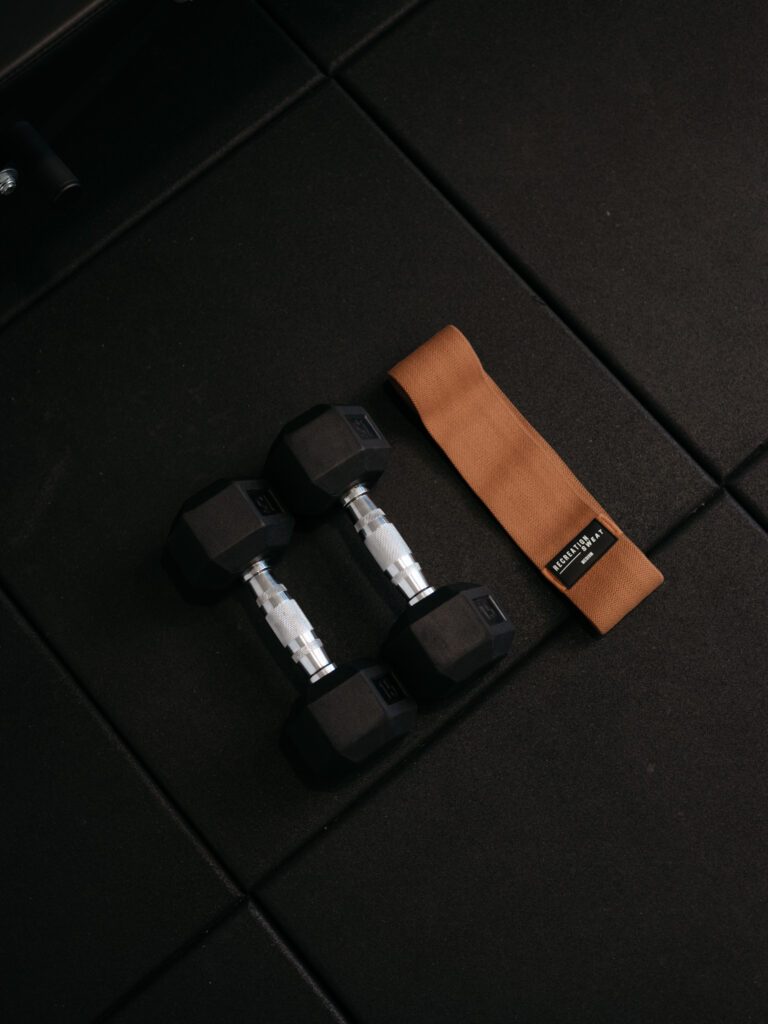
If ‘anti-aging’ feels like a click-bait title, keep reading and stick with me while I break it down. Anti-aging is not a delusional belief that we can stay young forever, but a realistic approach to slowing-down the non-desirable effects of aging. While aging is inevitable, there are certain lifestyle choices and environmental factors that can accelerate the aging process. To me, ‘anti-aging’ just means that we can impact our future health through the choices we’re making right now. Stress-management, sleep, nutrition, exercise etc are all factors in anti-aging, but what I want to dive into is lean muscle mass. Maintaining muscle mass as you age will have an incredible impact on your quality of life, let’s get into why.
What Is Sarcopenia?
Sarcopenia is the age-related loss of muscle mass and overall strength. As we lose muscle mass over time, we increase our risk of falling, fractures, etc – ultimately impacting our quality of life. I don’t think aging is something we tend to think of in too much detail since it doesn’t impact us day to day. But, the truth is: our day to day life will have a major impact on how we age. By making small changes to our lifestyle we can take control of our long term health. The good news is that very minimal changes will have an incredible impact, and may help actively prevent the onset and intensity of sarcopenia. Regular exercise, strength training in particular, and adequate protein consumption are the two most effective actions to prevention. Long story short – maintaining lean muscle mass through life will keep you stay healthy, mobile, and capable.

Maintaining Lean Muscle Mass For Anti-Aging
Lean muscle mass is metabolically active, which means the more muscle mass you have, the more calories you burn at rest. Building muscle, and maintaining it through life, contributes to a healthy metabolism and combats age-related weight gain. There are a few key steps to building lean muscle mass:
- Strength training. I go into depth on the science behind building muscle sustainably in my Strength Guide Collection (16-weeks of resistance training and education). In my opinion, consistency is far more important than intensity, so don’t let the fear of grueling workouts keep you from getting started. Even 3-4 simple strength-based workouts each week will make a big difference, especially when it becomes consistent and your strength improves. I’m a big fan of progressive overload, and there is so much science that supports the benefits in the long term.
- Adequate protein intake. Ever since I got into strength training and started researching the optimal protein intake to support my efforts, I’ve been preaching the importance of eating enough protein. Not only is getting enough protein critical to every function of the body, but eating the right amount of protein will actually help you to build lean muscle mass. Eating about 30 grams of protein with each meal stimulates Muscle Protein Synthesis (MPS), which is the muscle management process that is critical for muscle repair and growth. Read more about MPS and front-loading protein intake in this blog post.














Comments